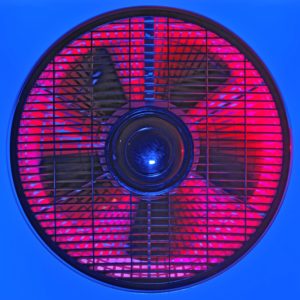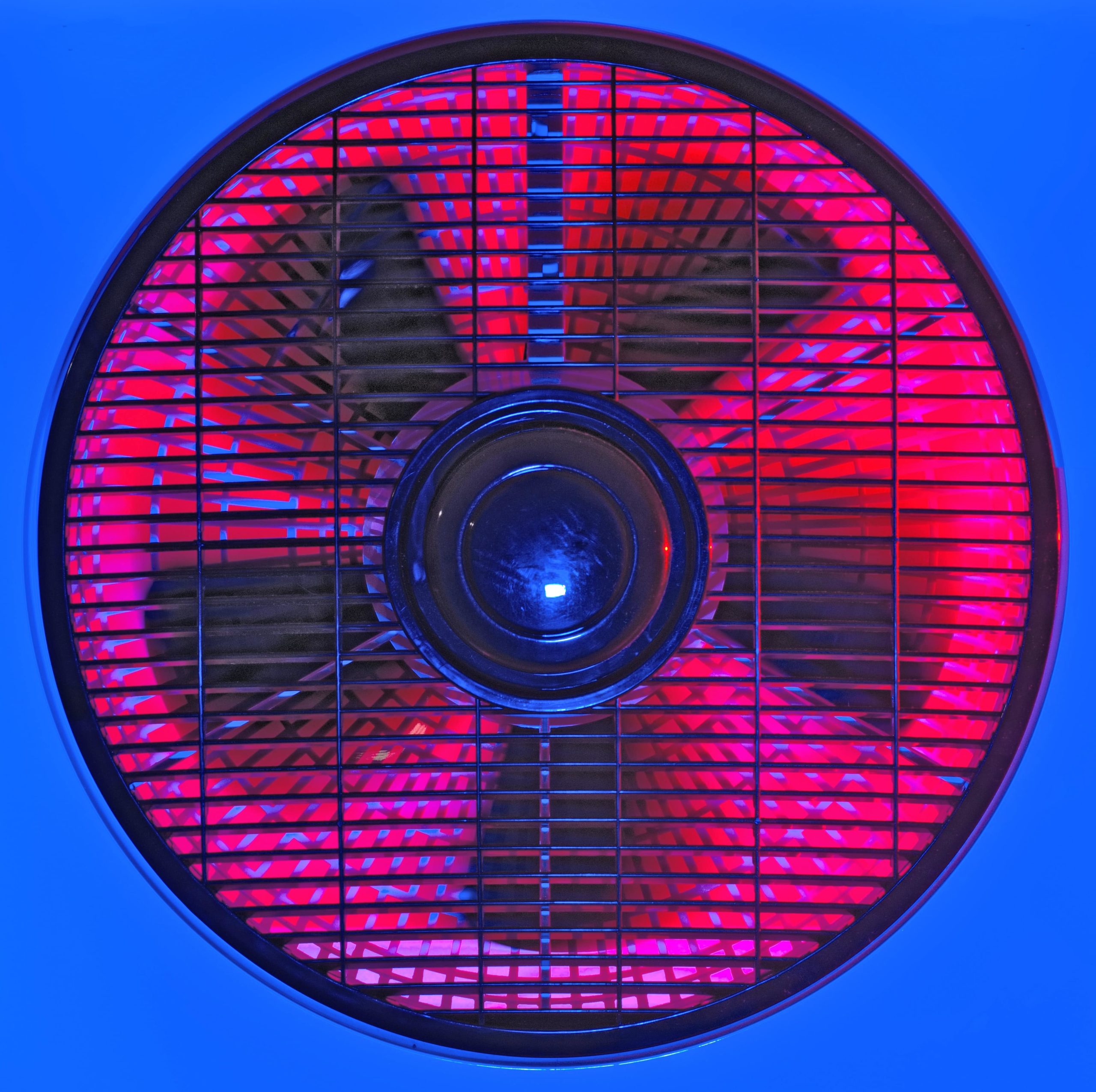 Our buildings have always been a place to keep us safe, but the pandemic has caused many of us to reevaluate just how safe we are when inside public buildings.
Our buildings have always been a place to keep us safe, but the pandemic has caused many of us to reevaluate just how safe we are when inside public buildings.
And these concerns about health and safety will not be going away any time soon.
Employers, property managers, and individual homeowners have placed a renewed focus on the various ways they can reduce risk when it comes to viral transmission in their buildings. Upgrading ventilation systems is one important way to improve indoor air quality and keep occupants safer.
Health and safety standards for the future
The Occupational Safety and Health Administration (OSHA) has issued guidance for protecting workers during the pandemic. Much of the advice will be beneficial well after the pandemic threat recedes.
As you upgrade your buildings and systems to follow recommendations like those issued by OSHA and the CDC, you will better protect the employees, tenants, and customers who walk through your doors today, tomorrow, and for years to come.
The importance of maintaining ventilation systems
Per the CDC, improving ventilation is an important way to reduce the concentration of viral particles in indoor air.
Depending on your building’s current HVAC system, this may mean instituting more frequent maintenance checks or installing new systems that improve ventilation and maximize the amount of air pulled from the outside. Where feasible, the CDC also recommends installing air filters with a Minimum Efficiency Reporting Value (MERV) 13 or higher.
As a property owner or building manager, you’ve likely already taken many steps to protect the people who work or reside in your building. If those updates have been temporary in nature, now is a good time to consider what kind of long-term investments you can make to keep your building and occupants safer.
For help understanding your options and associated costs for improving for you building’s ventilation systems, get in touch with our team at Seacoast Construction.
- test :


